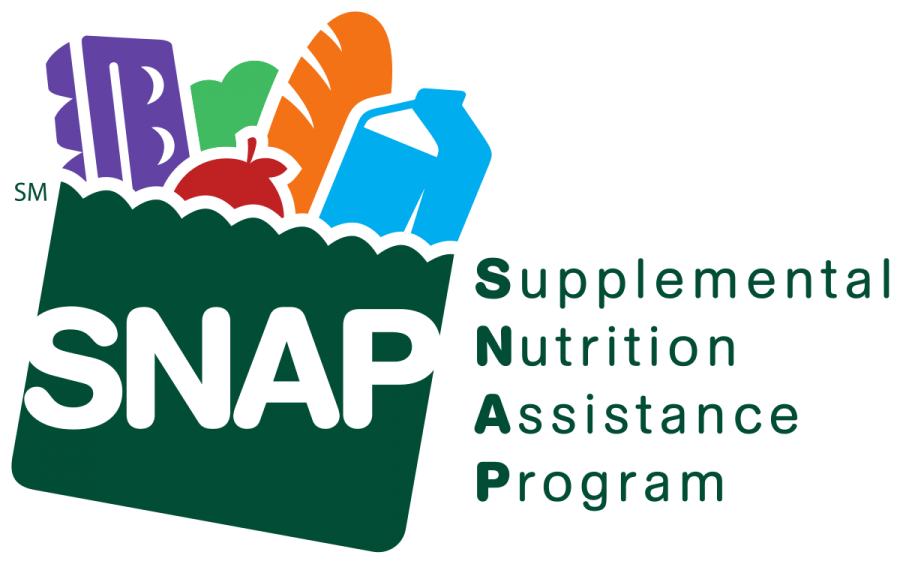Proposed budget would slash SNAP benefits
The changes to the SNAP program could affect hundreds of thousands of current program users
April 18, 2019
Across America there is poverty. Children in homes whose parents can’t afford enough groceries go hungry here in the United states. In 2016, 21.2% (15.3 million) of all children in America were living in poverty. An estimate from the USDA says that 12.3% of American households did not have food security due to lack of resources.
One of the largest food assistance programs is SNAP (Supplement Nutrition Assistance Program) also knows as food stamps. In 2015, SNAP lifted 4.6 million Americans above the poverty line. In 2019, the number of persons receiving SNAP benefits was 38,138,664. The large program that is helping millions of American families put food on the table. But how does it work?
Food stamps can only be used with an EBT card, which stands for Electronic Benefits Transfer card. These can be used at more than 238,000 authorized retailers all over the nation. They can be used at grocery stores, convince stores, some gas stations, and other locations.
An EBT card can buy almost all food including fruits/vegetables, bread, dairy, meat, fish, candy, etc. Food stamps do not cover alcohol, tobacco products, non-food items (pet food, soaps, household supplies, etc.), vitamins/minerals, or food that will be eaten in the store. Food stamps cannot be used to buy hot food. For example, someone with an EBT card could not go into Papa John’s and purchase a pizza with it.
SNAP eligibility is based on the number of people in a household, household assets and/or resources, income, employment status, and more. This could all change with President Trump’s latest budget, in which where he wants to cut $220 billion from SNAP over the next decade.
Food stamps have a requirement stating recipients of benefits must work at least 20 hours of a week. Although recipients must work 20 hours a week, some areas can waiver that if there is high unemployment or surplus of labor. This proposed budget will make these waivers very hard to obtain, which could result in more than 750,000 Americans losing their SNAP benefits.

